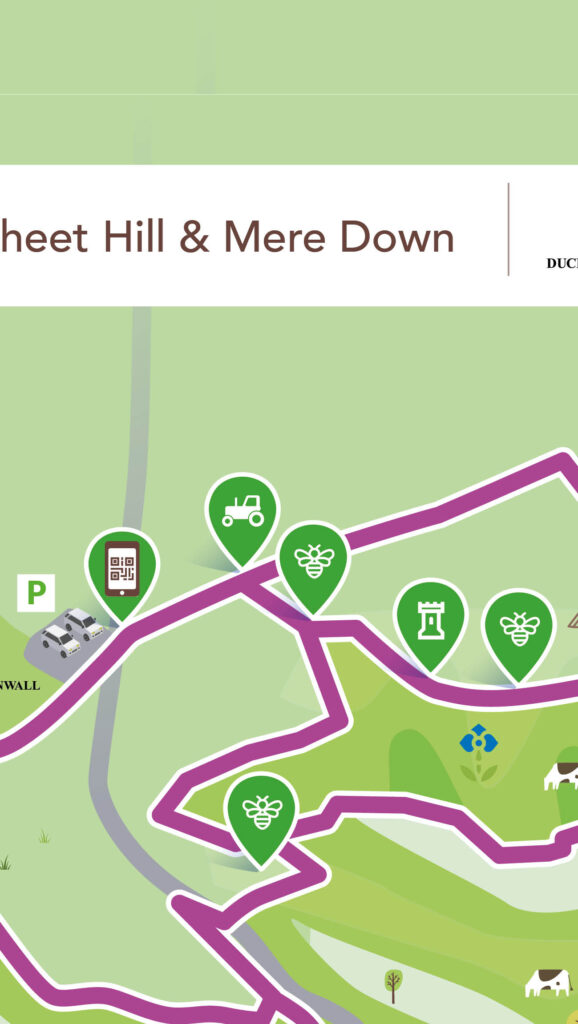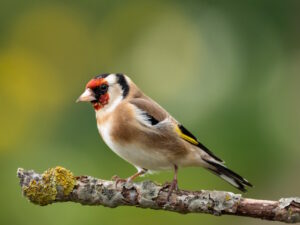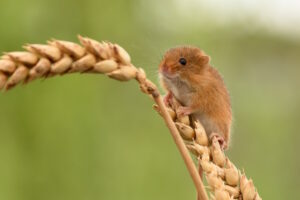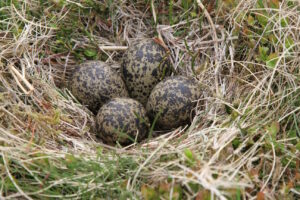
Arable Wildlife

Birds
The surrounding arable land helps to support wildlife, providing seeds and insects as food and a nesting habitat for ground nesting birds such as Skylarks and Lapwings. Many of the fields have margins around them. These have been sown with mixes of grasses and wildflowers, providing pollen and nectar for pollinators, such as bees and butterflies and habitat ‘corridors’ across the landscape.
You should also look out for Goldfinches, Corn Buntings and Yellowhammers.

Mammals
One mammal associated with this habitat is the harvest mouse, the UK’s smallest rodent! Harvest mice play a vital role in supporting the surrounding wildlife populations as they are eaten by many animals including foxes, weasels, stoats, owls, and kestrels – even toads will eat them!
In spring you may see Brown Hares boxing in the fields, hence the expression ‘As mad as a March hare’
The Easter Bunny

It is believed that the Brown Hare is the original Easter bunny! In the 18th and 19th centuries, children used to search for the eggs laid by the Easter ‘hare’. These eggs were sent to the London markets, where they were sold as delicacies. Lapwings lay their eggs in a scrape on the ground which resembles the ‘form’ in which the hare lies and in which it gives birth to its young. Children would find what resembled a hare’s ‘form’ with eggs in it, thinking that it was the hare, and not the Lapwings that laid the eggs in the fields!
Unfortunately, nests were plundered in huge numbers, almost making the lapwing extinct as a breeding bird in the UK. This prompted the writing of The Lapwing Act of 1926 to protect them. Once the sale of their eggs became illegal, a substitute was called for – and chocolate eggs were promoted to become the celebration of Easter in place of the Lapwings’ eggs.
Countryside Code
Remember the Countryside Code
Please keep your dog on a lead to avoid your dog disturbing ground nesting birds, especially during the spring and summer when they have chicks.
Please remember to pick up your dog poo, as it can transmit diseases to the wildlife using these habitats.